Sauna After Workout: The 15-Minute Protocol for Faster Muscle Recovery
You've just crushed your workout, muscles burning with that satisfying post-exercise ache. Now comes the question that divides gym-goers worldwide: should you hit the sauna? While some swear by the ritual of post-workout heat therapy, others worry it might undo their hard-earned gains.
The truth? Science reveals that strategic sauna use after exercise can accelerate recovery, boost cardiovascular health, and even enhance future performance—if you do it right. The key lies in understanding how heat affects your body's natural recovery mechanisms.
What Happens to the Body After a Workout
Understanding your body's post-exercise state reveals why sauna timing matters so crucially for recovery benefits.

Immediately After Exercise
-
Blood vessels remain dilated from physical activity
-
Core temperature stays elevated for 30-60 minutes
-
Muscle fibers experience micro-tears requiring repair
-
Inflammatory markers increase as part of the recovery process
-
The neuromuscular system remains activated
The Recovery Window
Your body enters a critical repair phase where it needs:
-
Oxygen-rich blood is delivered to damaged tissues
-
Protein synthesis for muscle repair
-
Removal of metabolic waste products
-
Restoration of energy stores
-
Reduction in muscle tension
Hormonal Changes
Post-workout, your body releases growth hormones and testosterone—both essential for muscle recovery. Cortisol levels spike initially but should decrease during proper recovery.
This natural recovery cascade can be either enhanced or disrupted by heat exposure. When timed correctly, sauna bathing amplifies these processes. Poor timing, however, can interfere with your body's natural healing mechanisms.
Health Benefits of Sauna After a Workout
Scientific research reveals compelling reasons to incorporate strategic sauna use into your fitness routine. Whether you’re aiming to speed up recovery or simply get more from your workouts, saunas offer a wide range of physiological and psychological benefits.

-
Accelerated Muscle Recovery: Heat therapy increases blood flow by up to 70%, delivering more oxygen and nutrients to recovering muscles. This enhanced circulation helps your body get rid of metabolic waste products like lactate, significantly reducing next-day muscle soreness.
-
Cardiovascular Adaptations: Regular sauna sessions provide similar heart health benefits to moderate cardio fitness. Your heart rate can reach 120-150 bpm in the sauna, strengthening cardiovascular function over time. A 2018 study shows reduced risk of heart disease and cardiovascular disease in frequent sauna users.
-
Enhanced Flexibility and Range of Motion: The soothing heat relaxes muscle fibers and connective tissue, improving flexibility when muscles are already warm from exercise. This can prevent injury and improve performance in subsequent workouts.
-
Mental Health Benefits: Post-workout sauna use triggers endorphin release beyond exercise alone. This "double dose" provides superior stress relief and can improve brain health through increased BDNF (brain-derived neurotrophic factor) production.
-
Performance Gains: Athletes who use saunas 3–4 times per week often experience increased plasma volume, improved heat tolerance, enhanced endurance performance, and faster recovery between training sessions.
-
Pain Management: For those dealing with chronic pain or joint pain, post-exercise heat provides natural pain relief through multiple mechanisms—increased blood flow, muscle relaxation, and endorphin release.
Drawbacks of Sauna After Exercise
Despite numerous health benefits, post-workout sauna use carries potential risks that deserve attention. To get the most from your recovery routine, it’s important to understand when sauna use may backfire.
-
Dehydration Risks: You've already lost fluids through exercise sweat. Adding sauna time compounds fluid loss, potentially leading to dangerous dehydration levels. Some athletes lose 1-2 pounds of water weight in a single sauna session.
-
Blood Pressure Concerns: While generally safe for most people, sauna use can cause dramatic blood pressure fluctuations. Those with high blood pressure may experience dangerous spikes, while others might get symptoms of low blood pressure, such as dizziness or faintness.
-
Impaired Muscle Growth: Some research suggests immediate post-workout heat exposure might blunt muscle protein synthesis. Heat stress could interfere with the inflammatory response necessary for muscle adaptation.
-
Overheating Risks: Your core temperature is already elevated from exercise, and adding sauna heat can push some individuals into heat exhaustion territory. Warning signs include nausea, headache, and confusion.
-
Recovery Interference: Excessive sauna use (over 20 minutes or too high temperature) can actually increase inflammation and delay recovery rather than enhance it.
-
Electrolyte Imbalance: Sweating depletes not just water but essential minerals. Without proper replacement, this can lead to cramping, fatigue, and impaired muscle function.
Common Sauna Types
Not all saunas deliver the same health benefits for post-exercise recovery. Understanding the differences can help you choose the optimal heat therapy for your fitness routine.

-
Traditional Finnish Saunas: These dry saunas reach 150-195°F with low humidity (10-20%). The intense dry heat promotes deep sweating and increases blood flow dramatically. Most gym locker room saunas fall into this category.
-
Infrared Saunas: Operating at lower temperatures (120-140°F), infrared light penetrates deeper into muscle fibers. This technology uses infrared wavelengths to heat your body directly rather than warming the air around you.
-
Steam Rooms (Wet Saunas): With 100% humidity at around 110-120°F, steam rooms provide wet heat that feels more intense despite lower temperatures. The moisture can help open airways and can benefit those with respiratory concerns.
-
Hybrid Saunas: Modern facilities often feature combination units that offer both traditional and infrared options, allowing users to customize their sauna session based on recovery needs.
Each type triggers similar physiological responses but with varying intensities. Traditional saunas excel at cardiovascular conditioning, while infrared versions may penetrate deeper for enhanced recovery of sore muscles.
Sauna Before or After Workout
Timing your sauna session dramatically impacts its effects on performance and recovery.
❌ Pre-Workout Sauna: The Case Against
Using a sauna before exercise generally proves counterproductive:
-
Depletes energy reserves needed for training
-
Causes premature fatigue
-
Increases injury risk due to over-relaxed muscles
-
Elevates core temperature, reducing exercise capacity
✅ Post-Workout Sauna: The Sweet Spot
Optimal timing falls 10-20 minutes after exercise completion:
-
Allows initial cool-down
-
Maintains elevated circulation
-
Enhances the recovery process
-
Maximizes performance benefits
The 24-Hour Rule
For intense training days, some experts recommend waiting 24 hours before sauna use to avoid interfering with acute muscle adaptations.
Workout-Specific Timing:
-
After resistance exercise: Wait for a few minutes, like 10 to 15
-
After cardio fitness: Can enter sooner (10-15 minutes)
-
After high-intensity intervals: Wait longer (20-30 minutes)
⭐️ The key? Let your heart rate drop below 100 bpm before entering the sauna room to avoid overwhelming your cardiovascular system. Pairing sauna use with other recovery methods—such as massage—can further improve results. To see how massage timing compares, check out our guide: Massage Before or After Workout: What’s Best for Recovery?
How to Use a Sauna After Working Out
Maximizing sauna benefits requires a strategic approach tailored to post-exercise needs:

-
Cool Down First (10-15 minutes)
-
Light walking or stretching
-
Allow heart rate to decrease
-
Hydrate with 16-20 oz of water
-
-
Sauna Session Structure
-
Start with 5-10 minutes for beginners
-
Work up to 15-20 minutes over time
-
Temperature: 150-175°F for traditional saunas
-
Lower bench first, move up as tolerated
-
-
Breathing Techniques
-
Practice deep breathing to enhance relaxation
-
Inhale through the nose, exhale through the mouth
-
Help regulate body temperature
-
-
Hydration Strategy
-
Drink water before, during, and after
-
Add electrolytes for sessions over 15 minutes
-
Avoid drinking alcohol before or after
-
-
Cool-Down Protocol
-
Exit gradually, don't rush
-
Cool shower (not ice cold)
-
Rest 10-15 minutes before leaving
-
⭐️ Frequency Guidelines: Beginners: 2-3 times per week. Experienced: 4-7 times per week. Always include rest days for proper recovery.
Who Should Avoid Post-Workout Sauna Use
While sauna after a workout offers health benefits for most people, certain individuals should exercise with caution or avoid it entirely.

Medical Conditions Requiring Avoidance:
-
Uncontrolled high blood pressure or heart disease
-
Recent heart attack or stroke
-
Severe respiratory conditions
-
Open wounds or skin infections
-
Pregnancy (consult physician first)
-
Kidney disease affects fluid regulation
Temporary Conditions:
-
Acute illness or fever
-
Severe dehydration
-
Recent injury with inflammation
-
Extreme fatigue or overtraining symptoms
-
Under the influence of alcohol or certain medications
Special Populations:
-
Children under 12: Shorter duration, lower temperatures
-
Elderly: Start conservative, monitor closely
-
Those with vascular diseases require medical clearance
Medication Interactions:
Some medications affect heat tolerance:
-
Blood pressure medications
-
Diuretics
-
Beta-blockers
-
Antihistamines
⚠️ Always get the green light from your healthcare provider if you have any chronic conditions or take regular medications.
Heating Pad as an Alternative at Home
Not everyone has access to a sauna, but you can still harness the health benefits of heat therapy for muscle recovery at home using modern heating pads.

Benefits of Heating Pads Over Saunas
- Targeted Relief: Heating pads allow you to apply heat directly to sore areas like the neck, shoulders, back, or legs—ideal for localized muscle recovery. Read more about what a heating pad can do.
- Lower Risk of Dehydration: Unlike saunas, heating pads don’t induce heavy sweating, making them safer for daily use without disrupting hydration or electrolyte balance.
- Convenient and Portable: Heating pads are compact, lightweight, and easy to use at home, at work, or while traveling—no special setup required.
- Cost-Effective: They’re far more affordable than installing or accessing a sauna, with no ongoing maintenance or energy costs.
- Quick and Efficient: Heat-up time is nearly instant, and 15–20 minutes of use delivers effective relief, ideal for busy lifestyles.
- Adjustable Settings: Modern heating pads offer customizable temperature levels and timer settings, allowing safe, comfortable, and controlled use.
- Versatile Use: Many models (e.g.,weighted or graphene heating pads) double as tools for stress relief, sleep improvement, and pain management.
- Safe for More People: Heating pads are generally safe for individuals with medical conditions that may make sauna use risky, such as cardiovascular issues or respiratory concerns.
Advanced Heating Pad Options for Recovery
For those prioritizing home-based recovery, modern heating pads from Homlyns go far beyond simple warmth:
- The Graphene Heating Pad for Neck, Shoulders, and Back provides comprehensive upper body coverage with 10 heat levels and 4 timer settings. The graphene technology ensures even heat distribution across large muscle groups commonly sore after tough workouts.

- For full-body recovery needs, the Graphene Full Body Weighted Heating Pad delivers sauna-like warmth to major muscle groups simultaneously. Its 10 heat settings allow you to customize intensity based on your recovery needs.

- Athletes focusing on upper body training benefit from the Graphene Weighted Pad for Neck and Shoulders, which targets common areas of tension after resistance exercise. The weighted design adds gentle compression, enhancing the therapeutic effect.

Home Protocol Tips:
Maximize the health benefits of your heating pad by using these simple steps:
-
Apply 15-20 minutes post-workout
-
Start with medium heat settings
-
Combine with stretching for enhanced benefits
-
Use while hydrating and refueling
These targeted solutions bridge the gap between gym sauna access and home recovery needs.
Ready to Revolutionize Your Recovery Routine?
The science is clear: strategic sauna use after exercise can supercharge your recovery and enhance long-term fitness gains. Whether you choose traditional heat therapy or modern alternatives, the key lies in proper timing, duration, and hydration.
Key takeaways for optimal post-workout heat therapy:
-
Wait 10-20 minutes after exercise before heat exposure
-
Limit sessions to 15-20 minutes maximum
-
Hydrate before, during, and after
-
Start conservative and build tolerance gradually
-
Listen to your body's signals
-
Consider home alternatives for convenient recovery
Transform your post-workout routine with smart heat therapy choices. Whether in the sauna room or using advanced heating pads at home, strategic heat application can accelerate your fitness journey and help you recover like a pro.
FAQs
Is it good to go in the sauna after a workout?
Yes, when done correctly. Sauna use, 10-20 minutes after fitness, enhances muscle recovery, improves cardiovascular health, and reduces muscle soreness. The key is proper timing, hydration, and duration (15-20 minutes max) to avoid interfering with muscle adaptation.
Is it good to use a sauna after leg day? And how long?
Yes. A sauna after leg day can relax tight muscles, boost circulation, and support recovery by delivering oxygen and nutrients to fatigued muscles. Start with 10–15 minutes, and if you’re experienced, you can extend up to 20 minutes—but more time isn’t always better. Listen to your body and exit if you feel dizzy or overly fatigued. Saunas are best for relaxation and long-term recovery, while ice baths are better for reducing inflammation and acute soreness. Many athletes alternate between the two based on training intensity.
What do 10 minutes in the sauna do?
A 10-minute session increases heart rate to 120-150 bpm, boosts circulation by 70%, triggers endorphin release, and initiates heat shock protein production. This time frame offers recovery benefits without risking dehydration or overheating—ideal for sauna beginners.
Does sauna burn calories and help you lose weight?
Saunas don't directly burn significant fat. Any weight loss is mostly water loss, which is quickly regained after rehydration. However, regular use may slightly boost metabolism and improve insulin sensitivity. The real benefit is enhanced recovery, helping you train consistently for better long-term results.
What about heating pads? Heating pads don’t cause noticeable fat loss on their own either, but they can help by increasing local circulation, reducing muscle tension, and relieving soreness—helping you stay active and recover faster.
These tools are helpful aids—not fat-burning solutions on their own. When combined with consistent exercise, proper nutrition, and rest, they can enhance your overall results and help you stay on track.
What are the pros and cons of a sauna?
- Pros: Improved circulation, faster recovery, reduced muscle soreness, better cardiovascular health, stress relief, and enhanced flexibility.
- Cons: Dehydration risk, blood pressure fluctuations, potential interference with muscle growth if used immediately after fitness, and not suitable for certain medical conditions.
Should you use a sauna before or after a workout?
After is almost always better. Pre-workout sauna depletes energy, causes premature fatigue, and increases injury risk. Post-workout sauna enhances recovery, provided you wait 10-20 minutes and stay properly hydrated throughout.
How long should you sit in a sauna?
Beginners: Start with 5-10 minutes. Experienced users: 15-20 minutes maximum. Elite athletes might extend to 25-30 minutes with proper conditioning. For relatively little research exists on sessions beyond 30 minutes, and risks typically outweigh benefits at that duration.
Does Planet Fitness have a sauna?
Most Planet Fitness locations do not have saunas. However, they do provide other relaxing amenities—such as tanning, HydroMassage, massage chairs, and red light therapy—especially for Black Card members.
If a post-workout sauna is something you’d like regularly, you may want to explore other gym chains like YMCA, 24 Hour Fitness, Crunch Fitness, LA Fitness, or Gold’s Gym — many of which include sauna and steam facilities in their amenities.
Reference
- Kukkonen-Harjula K, Kauppinen K. How the sauna affects the endocrine system. Ann Clin Res. 1988;20(4):262-6. PMID: 3218898.
- Laukkanen T, Kunutsor SK, Khan H, Willeit P, Zaccardi F, Laukkanen JA. Sauna bathing is associated with reduced cardiovascular mortality and improves risk prediction in men and women: a prospective cohort study. BMC Med. 2018;16(1):219. Published 2018 Nov 29. doi:10.1186/s12916-018-1198-0
- Scoon GS, Hopkins WG, Mayhew S, Cotter JD. Effect of post-exercise sauna bathing on the endurance performance of competitive male runners. J Sci Med Sport. 2006;9(4):342-347. doi:10.1016/j.jsams.2006.06.009
- Stanley J, Halliday A, D'Auria S, Buchheit M, Leicht AS. Effect of sauna-based heat acclimation on plasma volume and heart rate variability. Eur J Appl Physiol. 2015 Apr;115(4):785-94. doi: 10.1007/s00421-014-3060-1. Epub 2014 Nov 29. PMID: 25432420.




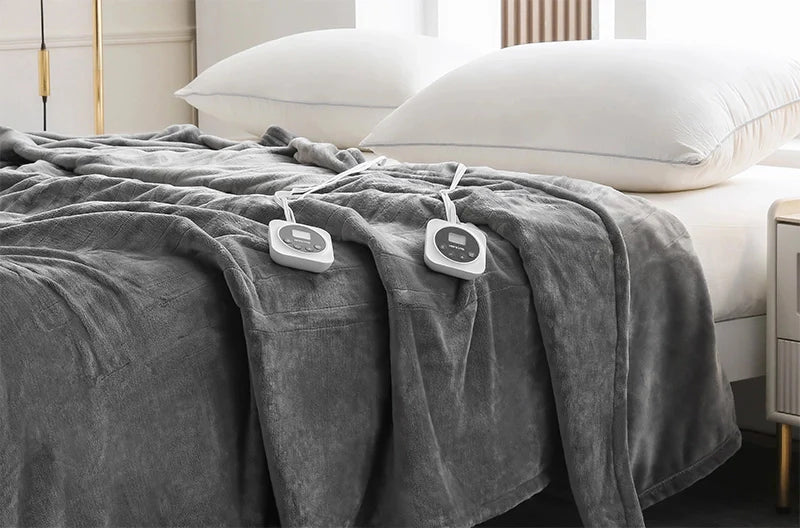
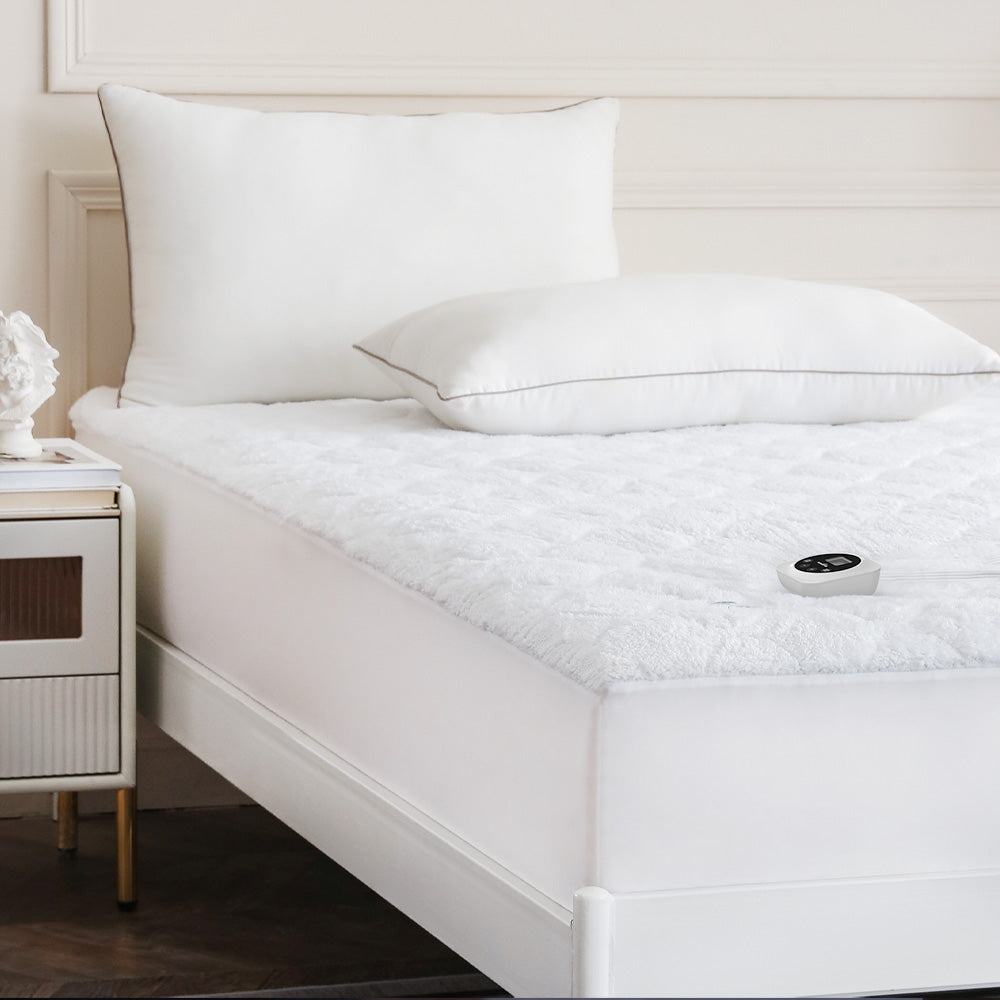

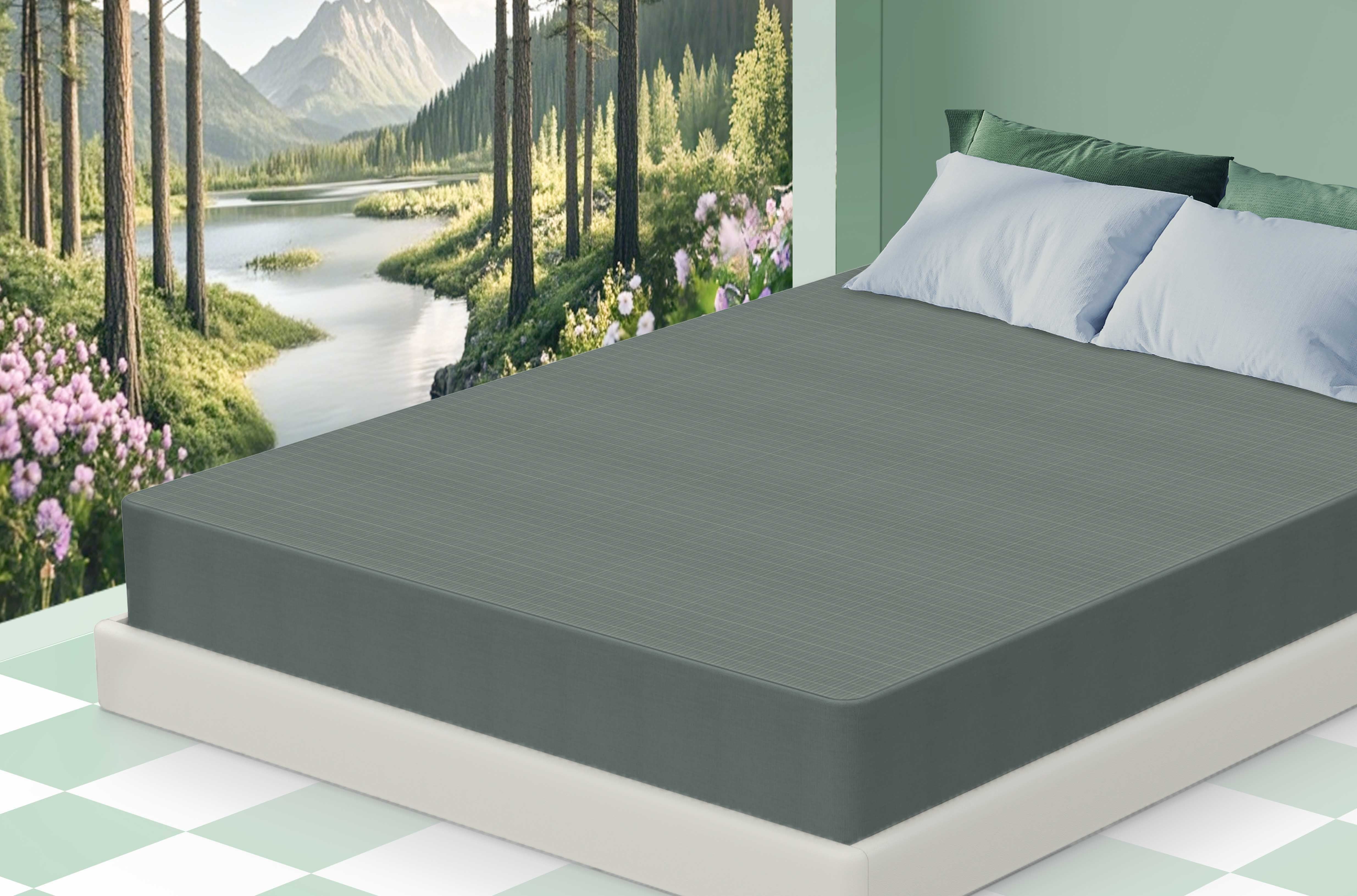

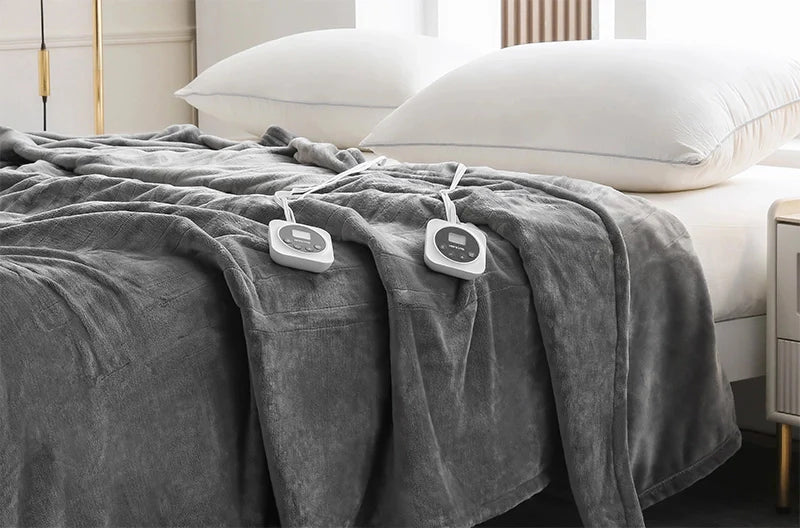
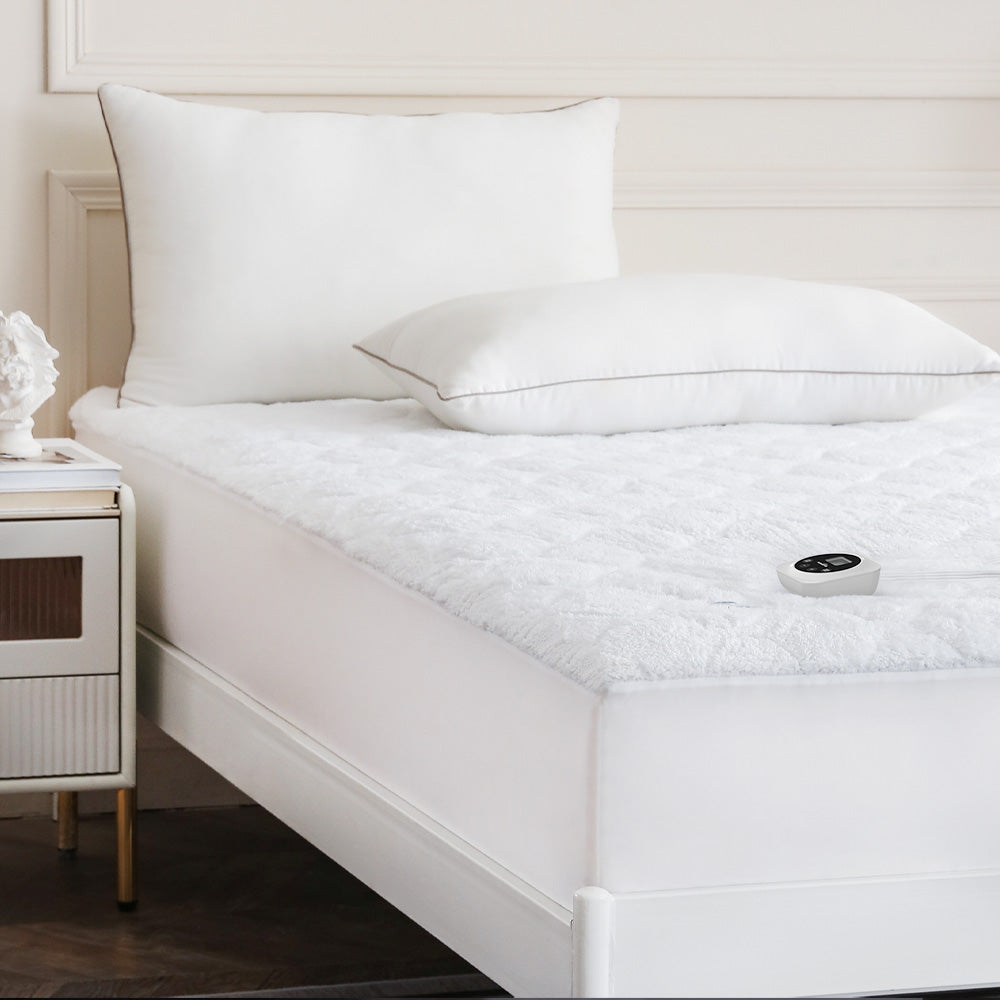

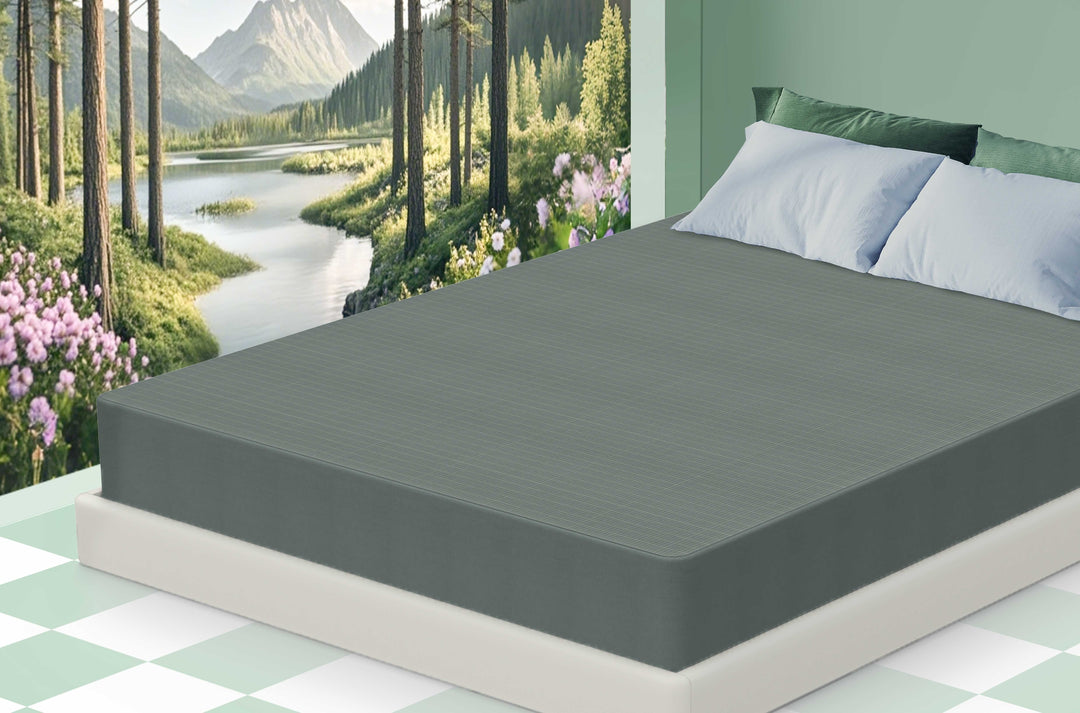



Leave a comment